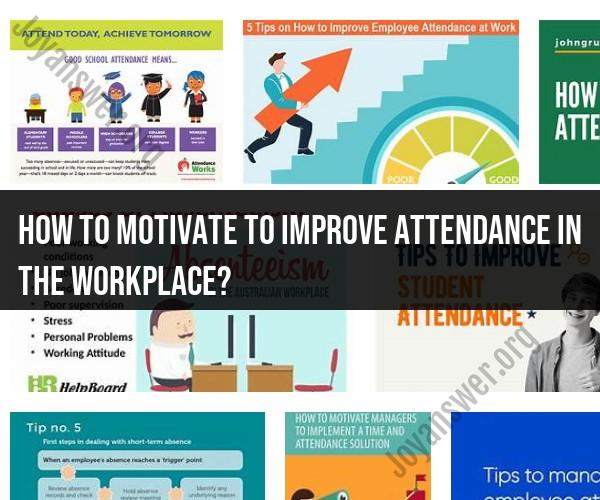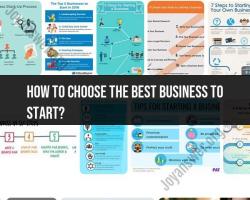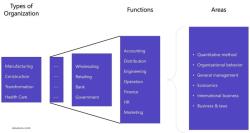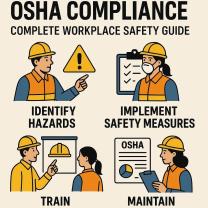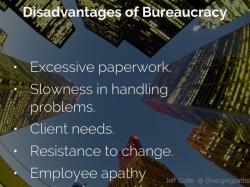How to motivate to improve attendance in the workplace?
Improving attendance in the workplace is essential for maintaining productivity and a positive work environment. To motivate employees to attend work consistently, consider implementing the following strategies:
Clear Attendance Policies:
- Ensure that you have clear attendance policies in place. Communicate these policies to all employees, including expectations for punctuality and absenteeism. Make sure employees understand the consequences of poor attendance and the benefits of good attendance.
Flexible Work Arrangements:
- Offer flexible work arrangements such as telecommuting, flexible hours, or compressed workweeks. Giving employees more control over their schedules can help them balance work and personal responsibilities, reducing absenteeism.
Provide Incentives:
- Implement an attendance incentive program that rewards employees for good attendance. This could include bonuses, extra paid time off, or other incentives that motivate employees to come to work regularly.
Recognize and Reward Attendance:
- Recognize and reward employees who consistently maintain good attendance records. Publicly acknowledge their efforts and commitment to attendance during team meetings or through other forms of recognition.
Positive Work Environment:
- Cultivate a positive and inclusive work environment where employees feel valued and engaged. A positive workplace culture can encourage employees to come to work willingly.
Employee Engagement:
- Engage employees by involving them in decision-making processes and seeking their input on matters that affect them. When employees feel that their opinions are heard and valued, they are more likely to be motivated to attend work.
Professional Development:
- Offer opportunities for professional development and growth. When employees see a clear path for career advancement and skill enhancement within the organization, they are more likely to be motivated to attend work and contribute to their professional growth.
Health and Wellness Programs:
- Implement health and wellness programs that support employees' physical and mental well-being. These programs can reduce the incidence of illness and absenteeism due to health issues.
Supportive Management:
- Ensure that managers and supervisors are approachable and supportive. Encourage open communication between employees and management so that employees feel comfortable discussing any attendance-related issues.
Flexible Leave Policies:
- Offer flexible leave policies, including sick leave and paid time off (PTO), that allow employees to manage their time off effectively without the fear of disciplinary actions.
Regular Feedback and Check-Ins:
- Conduct regular performance reviews and one-on-one check-ins with employees to discuss attendance, provide constructive feedback, and identify any challenges they may be facing.
Conflict Resolution:
- Address workplace conflicts promptly and effectively. Conflicts can sometimes lead to absenteeism, so resolving issues among employees can improve attendance.
Training and Development:
- Provide training and development opportunities to help employees improve their skills and job satisfaction. Engaged and skilled employees are more likely to attend work regularly.
Communication:
- Maintain open and transparent communication channels with employees. Keep them informed about company news, changes, and important dates to minimize misunderstandings and confusion.
Employee Assistance Programs (EAPs):
- Offer EAPs to provide employees with support for personal and mental health issues that may affect attendance. EAPs can offer counseling and resources to help employees overcome challenges.
Remember that the effectiveness of these strategies may vary depending on the specific workplace and employee needs. It's important to tailor your approach to the unique characteristics of your organization and its workforce. Additionally, regularly assess the impact of these strategies and make adjustments as needed to continuously improve attendance.
Boosting Workplace Attendance: Motivational Strategies for Employees
Employee attendance is an important factor in the success of any business. When employees are absent, it can disrupt workflow, reduce productivity, and increase costs. There are a number of motivational strategies that employers can use to boost employee attendance.
- Offer incentives. One way to motivate employees to come to work is to offer incentives. This could include things like bonuses, paid time off, or other rewards for good attendance.
- Create a positive work environment. Employees are more likely to come to work if they enjoy their job and feel valued by their employer. Employers can create a positive work environment by offering competitive salaries and benefits, providing opportunities for professional development, and recognizing employee achievements.
- Provide flexible work arrangements. Many employees appreciate the flexibility to work from home or to have flexible hours. This can help employees to balance their work and personal lives, and it can make it easier for them to come to work when they are sick or have other commitments.
- Be understanding and supportive. Employers should be understanding and supportive of employees who are experiencing personal or medical problems. This could include offering sick leave, unpaid leave, or other accommodations.
Fostering a Culture of Reliability: Tips to Improve Attendance
In addition to offering incentives and creating a positive work environment, employers can also foster a culture of reliability to improve attendance. This means setting clear expectations for attendance, communicating these expectations to employees, and holding employees accountable for their attendance.
- Set clear expectations. Employers should have a clear attendance policy that outlines the company's expectations for employee attendance. This policy should be communicated to all employees and should be consistently enforced.
- Communicate with employees. Employers should communicate with employees about the importance of attendance and the impact that absenteeism has on the business. This can be done through team meetings, one-on-one conversations, or other means.
- Hold employees accountable. Employers should hold employees accountable for their attendance. This could involve disciplinary action for excessive absenteeism. However, it is important to be fair and consistent when disciplining employees for absenteeism.
Employee Engagement and Attendance: A Manager's Guide to Motivation
Employee engagement is a key factor in improving attendance. When employees are engaged in their work, they are more likely to be motivated to come to work. Managers can promote employee engagement by:
- Setting clear goals and objectives. Employees need to know what they are working towards in order to be motivated. Managers should set clear goals and objectives for employees and provide them with the resources and support they need to achieve those goals.
- Providing feedback. Employees need to know how they are performing in order to be motivated. Managers should provide regular feedback to employees, both positive and negative.
- Recognizing and rewarding achievement. Employees appreciate being recognized for their hard work and achievements. Managers should recognize and reward employee achievements, both publicly and privately.
By following these tips, employers can boost employee attendance, foster a culture of reliability, and improve employee engagement.
